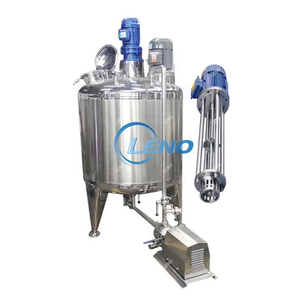Introduction to Electrophoresis Chromatography
Electrophoresis chromatography is a powerful analytical technique that combines the principles of electrophoresis and chromatography to separate and analyze charged molecules, particularly proteins, nucleic acids, and small molecules. This innovative method enhances the efficiency and accuracy of separations, making it an invaluable tool in laboratories focused on biochemistry, molecular biology, and pharmaceuticals. By utilizing the unique properties of both processes, electrophoresis chromatography allows scientists to achieve high-resolution separations essential for downstream applications.
Types of Electrophoresis Chromatography
Electrophoresis chromatography can be categorized into several different types, each serving specific applications and providing unique advantages:
- Capillary Electrophoresis (CE): This type utilizes narrow capillaries to perform separation under an electric field, offering high resolution and rapid analysis, ideal for small sample volumes.
- Two-Dimensional Electrophoresis (2-DE): A more complex method that combines isoelectric focusing with SDS-PAGE, this technique allows for the comprehensive separation of complex protein mixtures by their isoelectric points and molecular weights.
- Agarose Gel Electrophoresis: Commonly used for DNA and RNA analysis, this method employs agarose gels that create a porous matrix through which nucleic acids migrate based on size.
- Polyacrylamide Gel Electrophoresis (PAGE): This versatile approach is particularly suitable for the separation of proteins and nucleic acids, providing precise control over gel composition to optimize resolution.
Applications of Electrophoresis Chromatography
The applications of electrophoresis chromatography are vast and are critical in various fields:
- Biotechnology: Used to analyze proteins and nucleic acids during research and product development.
- Pharmaceuticals: Essential for drug formulation analysis, stability testing, and quality control.
- Clinical Diagnostics: Employed in laboratories for diagnosing genetic disorders, infections, and evaluating biomarker presence in patient samples.
- Forensics: Utilized in forensic laboratories for DNA analysis in criminal investigations and paternity testing.
Advantages of Electrophoresis Chromatography
Electrophoresis chromatography possesses numerous advantages that enhance its appeal in analytical chemistry:
- High Resolution: The combination of electrophoresis and chromatography allows for superior separation precision, especially for complex biological mixtures.
- Speed: Many methods within this category provide rapid analysis, reducing overall experimentation time and increasing throughput.
- Scalability: The techniques can be easily scaled up or down based on the specific requirements of the analysis, from small research quantities to larger production scales.
- Cost-Effectiveness: By minimizing reagent usage and maximizing resolution, overall operational costs can be significantly reduced.
- Versatility: The broad range of applications in different industries makes it an essential technology across laboratories worldwide.








































